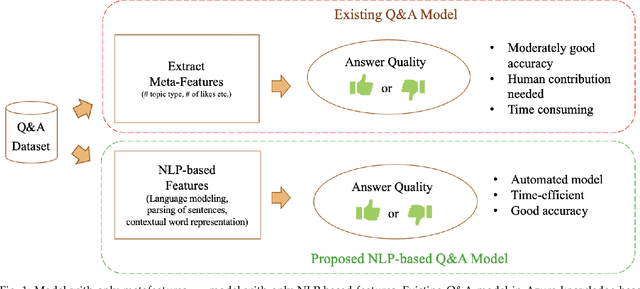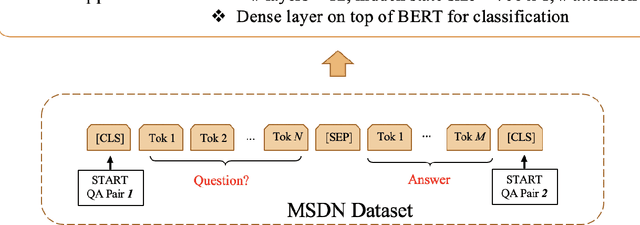Xinwei Xue
ASF-Net: Robust Video Deraining via Temporal Alignment and Online Adaptive Learning
Sep 02, 2023



Abstract:In recent times, learning-based methods for video deraining have demonstrated commendable results. However, there are two critical challenges that these methods are yet to address: exploiting temporal correlations among adjacent frames and ensuring adaptability to unknown real-world scenarios. To overcome these challenges, we explore video deraining from a paradigm design perspective to learning strategy construction. Specifically, we propose a new computational paradigm, Alignment-Shift-Fusion Network (ASF-Net), which incorporates a temporal shift module. This module is novel to this field and provides deeper exploration of temporal information by facilitating the exchange of channel-level information within the feature space. To fully discharge the model's characterization capability, we further construct a LArge-scale RAiny video dataset (LARA) which also supports the development of this community. On the basis of the newly-constructed dataset, we explore the parameters learning process by developing an innovative re-degraded learning strategy. This strategy bridges the gap between synthetic and real-world scenes, resulting in stronger scene adaptability. Our proposed approach exhibits superior performance in three benchmarks and compelling visual quality in real-world scenarios, underscoring its efficacy. The code is available at https://github.com/vis-opt-group/ASF-Net.
Practical Exposure Correction: Great Truths Are Always Simple
Dec 29, 2022Abstract:Improving the visual quality of the given degraded observation by correcting exposure level is a fundamental task in the computer vision community. Existing works commonly lack adaptability towards unknown scenes because of the data-driven patterns (deep networks) and limited regularization (traditional optimization), and they usually need time-consuming inference. These two points heavily limit their practicability. In this paper, we establish a Practical Exposure Corrector (PEC) that assembles the characteristics of efficiency and performance. To be concrete, we rethink the exposure correction to provide a linear solution with exposure-sensitive compensation. Around generating the compensation, we introduce an exposure adversarial function as the key engine to fully extract valuable information from the observation. By applying the defined function, we construct a segmented shrinkage iterative scheme to generate the desired compensation. Its shrinkage nature supplies powerful support for algorithmic stability and robustness. Extensive experimental evaluations fully reveal the superiority of our proposed PEC. The code is available at https://rsliu.tech/PEC.
Adjacent Slice Feature Guided 2.5D Network for Pulmonary Nodule Segmentation
Nov 19, 2022Abstract:More and more attention has been paid to the segmentation of pulmonary nodules. Among the current methods based on deep learning, 3D segmentation methods directly input 3D images, which takes up a lot of memory and brings huge computation. However, most of the 2D segmentation methods with less parameters and calculation have the problem of lacking spatial relations between slices, resulting in poor segmentation performance. In order to solve these problems, we propose an adjacent slice feature guided 2.5D network. In this paper, we design an adjacent slice feature fusion model to introduce information from adjacent slices. To further improve the model performance, we construct a multi-scale fusion module to capture more context information, in addition, we design an edge-constrained loss function to optimize the segmentation results in the edge region. Fully experiments show that our method performs better than other existing methods in pulmonary nodule segmentation task.
Support-BERT: Predicting Quality of Question-Answer Pairs in MSDN using Deep Bidirectional Transformer
May 17, 2020



Abstract:Quality of questions and answers from community support websites (e.g. Microsoft Developers Network, Stackoverflow, Github, etc.) is difficult to define and a prediction model of quality questions and answers is even more challenging to implement. Previous works have addressed the question quality models and answer quality models separately using meta-features like number of up-votes, trustworthiness of the person posting the questions or answers, titles of the post, and context naive natural language processing features. However, there is a lack of an integrated question-answer quality model for community question answering websites in the literature. In this brief paper, we tackle the quality Q&A modeling problems from the community support websites using a recently developed deep learning model using bidirectional transformers. We investigate the applicability of transfer learning on Q&A quality modeling using Bidirectional Encoder Representations from Transformers (BERT) trained on a separate tasks originally using Wikipedia. It is found that a further pre-training of BERT model along with finetuning on the Q&As extracted from Microsoft Developer Network (MSDN) can boost the performance of automated quality prediction to more than 80%. Furthermore, the implementations are carried out for deploying the finetuned model in real-time scenario using AzureML in Azure knowledge base system.
 Add to Chrome
Add to Chrome Add to Firefox
Add to Firefox Add to Edge
Add to Edge